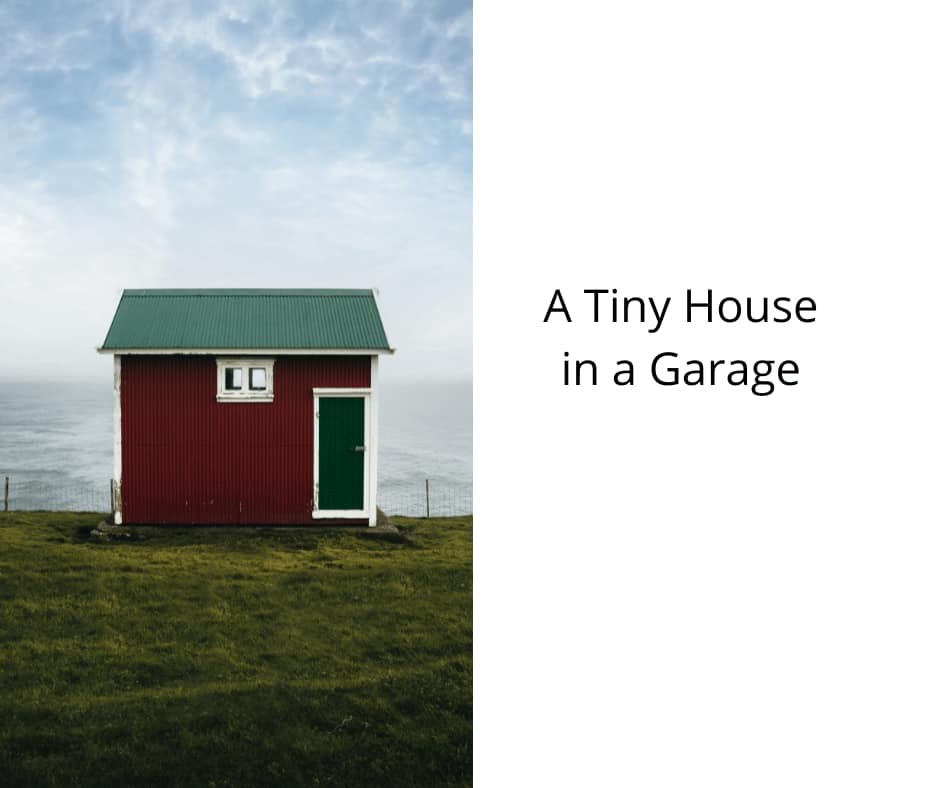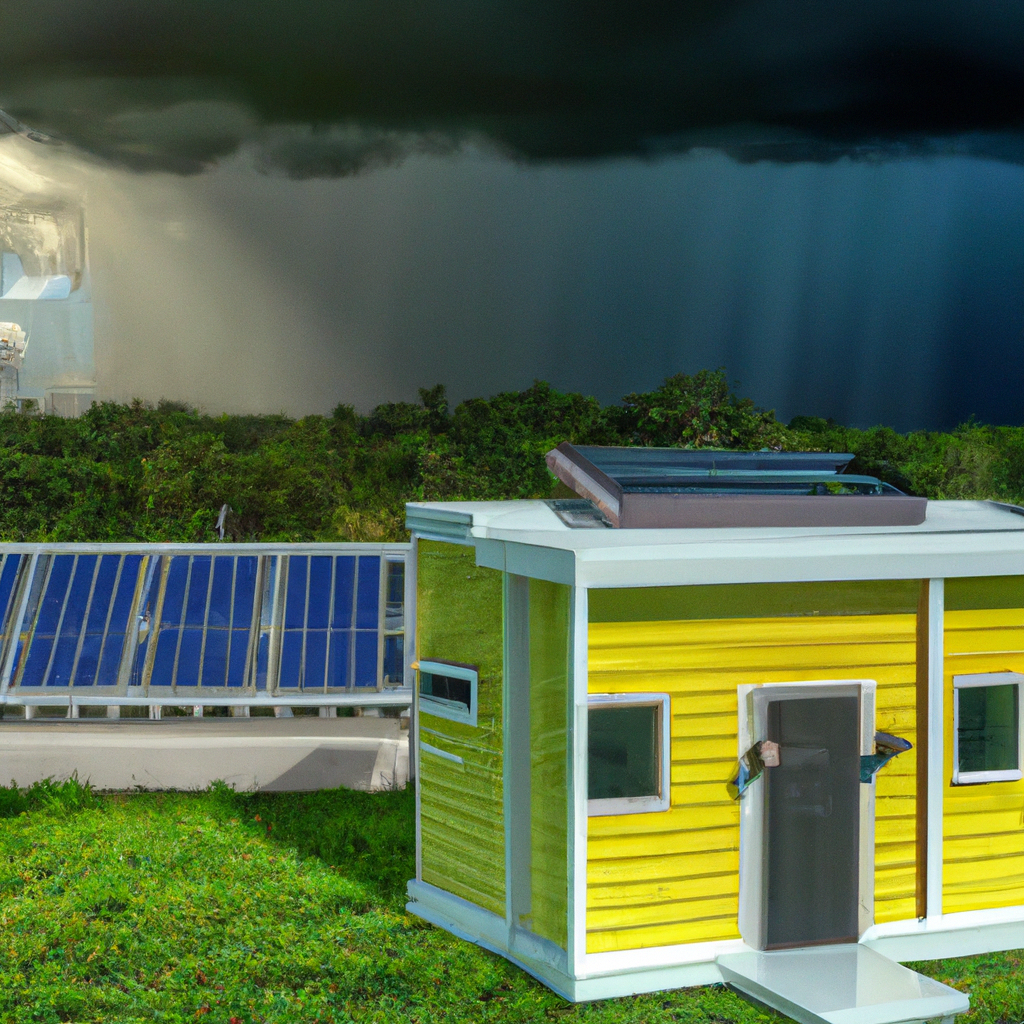As a lover of tiny homes, I’ve faced an interesting dilemma: how to use the bathroom efficiently in a small area. Don’t worry, I’ve explored various compact toilet options to give you a complete guide on this topic. Dive in and discover the secrets to maximizing space while keeping functionality!
From gravity-flush and composting toilets to incinerating and vacuum-flush options, I’ve explored them all.
Join me on this journey as we uncover the secrets of efficient, space-saving toilet systems for your tiny house.
Key Takeaways
- Gravity-flush toilets are efficient in water usage and do not require additional power or complicated plumbing systems.
- Composting toilets are an eco-friendly option that break down waste into compost for use as fertilizer, reducing water usage and eliminating the need for sewage systems.
- Incinerating toilets are a space-saving option that burn waste at high temperatures to eliminate odors, with self-cleaning features for easy maintenance.
- Vacuum-flush toilets are ideal for conserving water in tiny houses and small living spaces, as they require less water compared to traditional flush toilets.
Gravity-Flush Toilets
I can easily flush gravity-flush toilets in my tiny house by simply pulling the lever. Gravity flush toilets are a popular choice for water-saving toilets in small spaces. These toilets work on the principle of using gravity to remove waste from the bowl.

When the lever is pulled, water from the tank flows into the bowl, creating a siphon effect that carries the waste away. This simple mechanism requires no additional power or complicated plumbing systems.
Gravity flush toilets are efficient in their water usage, as they typically use less water per flush compared to other types of toilets. This makes them an excellent choice for those who desire to conserve water while still maintaining a functional and hygienic bathroom in their tiny house.
Composting Toilets
The composting toilet is an eco-friendly option for those living in tiny houses. Composting toilets work by breaking down waste into compost, which can then be used as fertilizer for plants. They require minimal maintenance and are easy to operate.
To ensure proper functioning, regular maintenance is necessary, such as managing the moisture levels, adding composting material, and periodically emptying the compost bin. One of the main benefits of composting toilets is their sustainability. They reduce water usage and eliminate the need for sewage systems, making them perfect for off-grid living.

Additionally, composting toilets help to minimize environmental pollution and conserve water resources. With their low maintenance requirements and environmental benefits, composting toilets are an excellent choice for those seeking a sustainable and efficient sanitation solution in their tiny homes.
Moving on to the next section, let’s explore incinerating toilets.
Incinerating Toilets
How can incinerating toilets be a viable option for flushing in a tiny house? While composting toilets are a popular choice for sustainable waste management, incinerating toilets offer unique benefits for tiny house living. Here are three reasons why incinerating toilets are worth considering:
- Space-saving: Incinerating toilets are compact and require minimal space, making them ideal for tiny houses with limited square footage.
- Odor-free: Unlike composting toilets, incinerating toilets use high temperatures to burn waste, eliminating any unpleasant smells.
- Easy maintenance: Incinerating toilets typically have self-cleaning features, reducing the need for manual cleaning and maintenance.
Vacuum-Flush Toilets
One advantage of vacuum-flush toilets is their efficiency in water usage. These toilets utilize a vacuum system to remove waste, eliminating the need for large amounts of water. This makes them a great option for those looking to conserve water in their tiny houses or any small living spaces. Vacuum-flush toilets work by creating a pressure difference that draws waste into a collection tank. This system requires significantly less water compared to traditional flush toilets, making it an environmentally friendly choice. Additionally, vacuum-flush toilets are often more compact and lightweight, making them ideal for tiny house dwellers. With their water-saving capabilities and space efficiency, vacuum-flush toilets are a practical solution for those living in small spaces.

| Pros | Cons |
|---|---|
| Water-saving | Initial installation cost |
| Compact and lightweight | Requires power source |
| Environmentally friendly | Regular maintenance needed |
Dry Flush Toilets
I haven’t used a dry flush toilet before, but I’ve heard that they’re a convenient and odor-free option for tiny house owners. These waterless toilets are designed to be portable and easy to maintain.
Here are some key features of dry flush toilets:
-
No water needed: Dry flush toilets operate without the need for water, making them ideal for off-grid living or areas with limited water supply.
-
Odor control: These toilets are equipped with a sealing mechanism that traps odors inside, ensuring a fresh and odor-free environment.

-
Easy disposal: Dry flush toilets use disposable bags or cartridges to collect waste, making it simple to dispose of the waste without any mess.
Dry flush toilets offer a practical solution for tiny house owners who want a hygienic and hassle-free toilet option.
Frequently Asked Questions
What Are the Pros and Cons of Using a Gravity-Flush Toilet in a Tiny House?
The pros and cons of using a gravity-flush toilet in a tiny house depend on factors such as space and water usage. Gravity-flush toilets require less maintenance, but may use more water compared to other options.
How Often Do You Need to Empty a Composting Toilet in a Tiny House?
Emptying a composting toilet in a tiny house depends on usage and efficiency. I find it fascinating how often I need to attend to this task. It’s a constant reminder of the circle of life.

Are Incinerating Toilets Safe to Use in a Tiny House?
Chemical toilets may be a viable option for tiny house owners, but there are alternative toilet options available. It’s important to consider factors such as space, water usage, and waste management when choosing the right toilet for tiny house living.
How Much Water Does a Vacuum-Flush Toilet Use in Comparison to a Traditional Flush Toilet?
When it comes to vacuum-flush toilets, their efficiency is evident in their water-saving capabilities. Compared to traditional flush toilets, they use significantly less water, making them a great option for those looking to conserve water in their tiny houses.
Can a Dry Flush Toilet Be Used in a Tiny House Without Any Plumbing Connections?
Yes, a dry flush toilet can be used in a tiny house without any plumbing connections. It is an alternative to traditional plumbing in tiny houses and does not require water for flushing.
Conclusion
In conclusion, there are several options for flushing toilets in a tiny house.

Gravity-flush toilets, which use the force of gravity to flush waste, are the most common and cost-effective choice.
Composting toilets are a sustainable option that turn waste into compost.
Incinerating toilets eliminate waste by burning it, while vacuum-flush toilets use air pressure to flush waste down the pipes.
Finally, dry flush toilets use a bagging system to seal and dispose of waste.

Interestingly, did you know that approximately 4.8 billion people worldwide lack access to proper sanitation facilities?
I’m Theodore, and I love tiny houses. In fact, I’m the author of Tiny House 43, a book about tiny houses that are also tree houses. I think they’re magical places where imaginations can run wild and adventures are just waiting to happen.
While tree houses are often associated with childhood, they can be the perfect adult retreat. They offer a cozy space to relax and unwind, surrounded by nature. And since they’re typically built on stilts or raised platforms, they offer stunning views that traditional homes simply can’t match.
If you’re looking for a unique and romantic getaway, a tree house tiny house might just be the perfect option.










